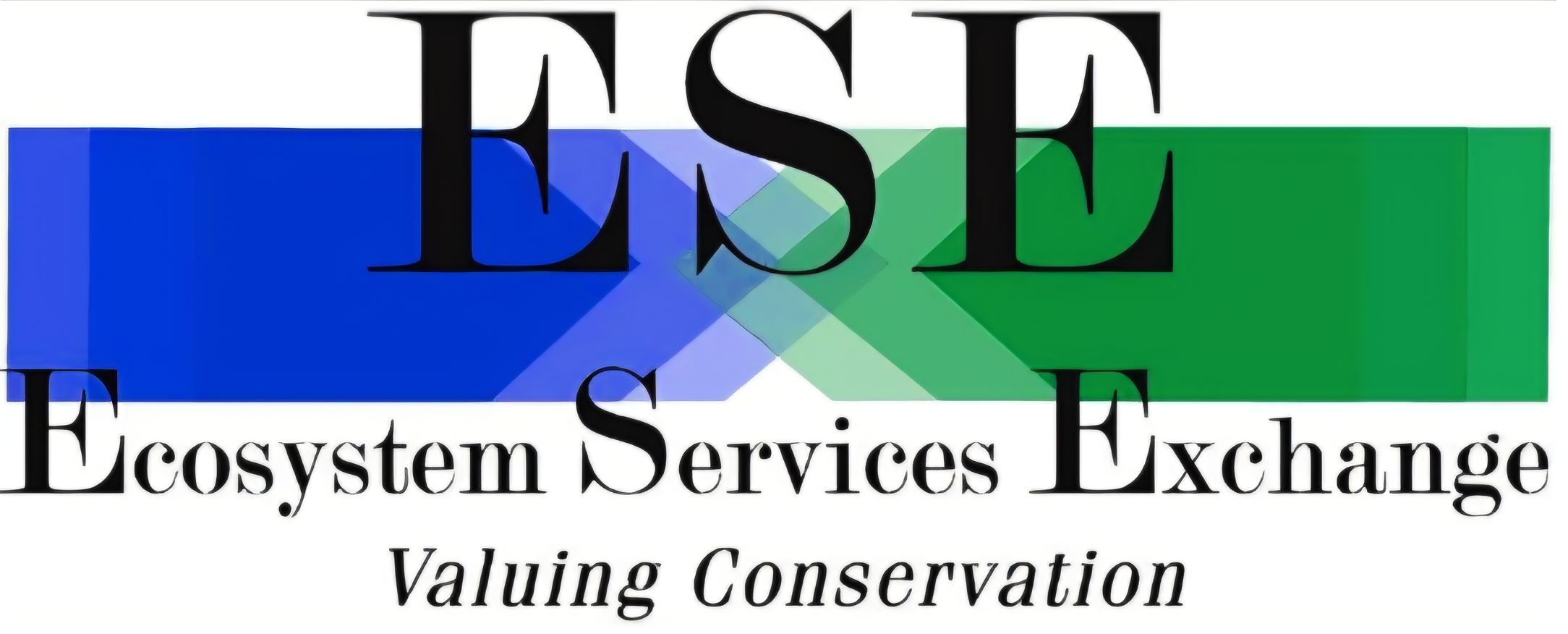Welcome to Ecosystem Services Exchange!
Partnership Based Projects
Let Ecosystem Services Exchange help you utilize state, federal & private financial assistance to access up to 100 percent funding opportunities available for the design & installation of conservation drainage practices.
ESE is proud to partner with both individual landowners, as well as private companies and government agencies to provide assistance on various conservation drainage projects throughout the Midwest.
Let us help you find the program and funding source that’s right for your operation.
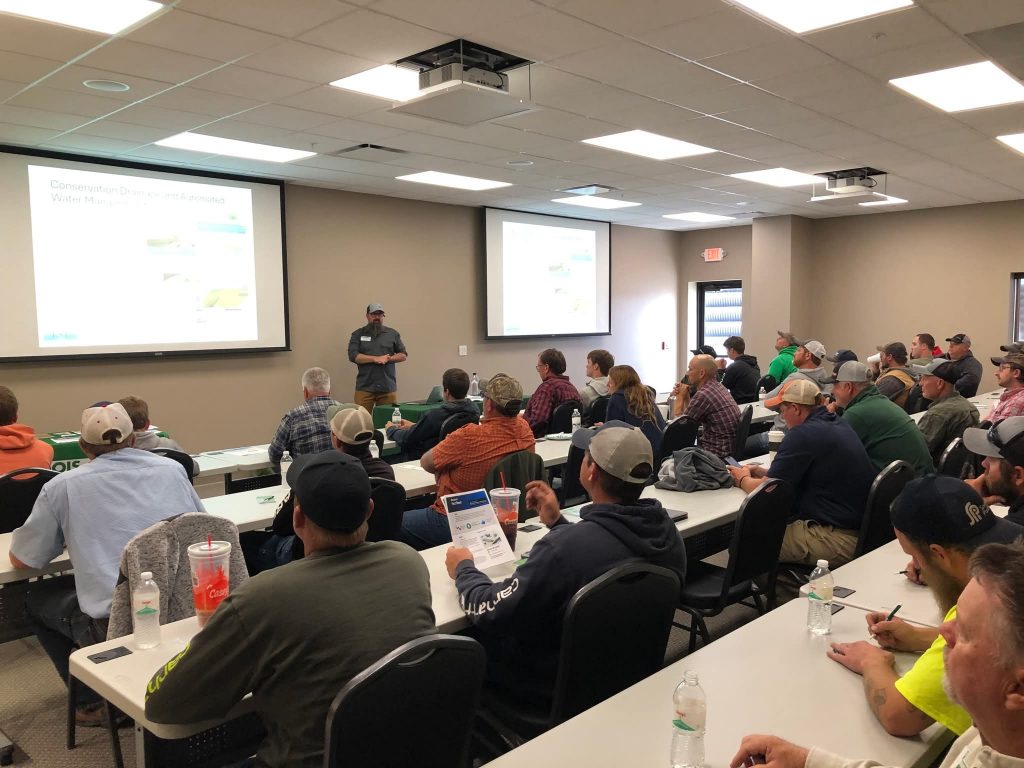
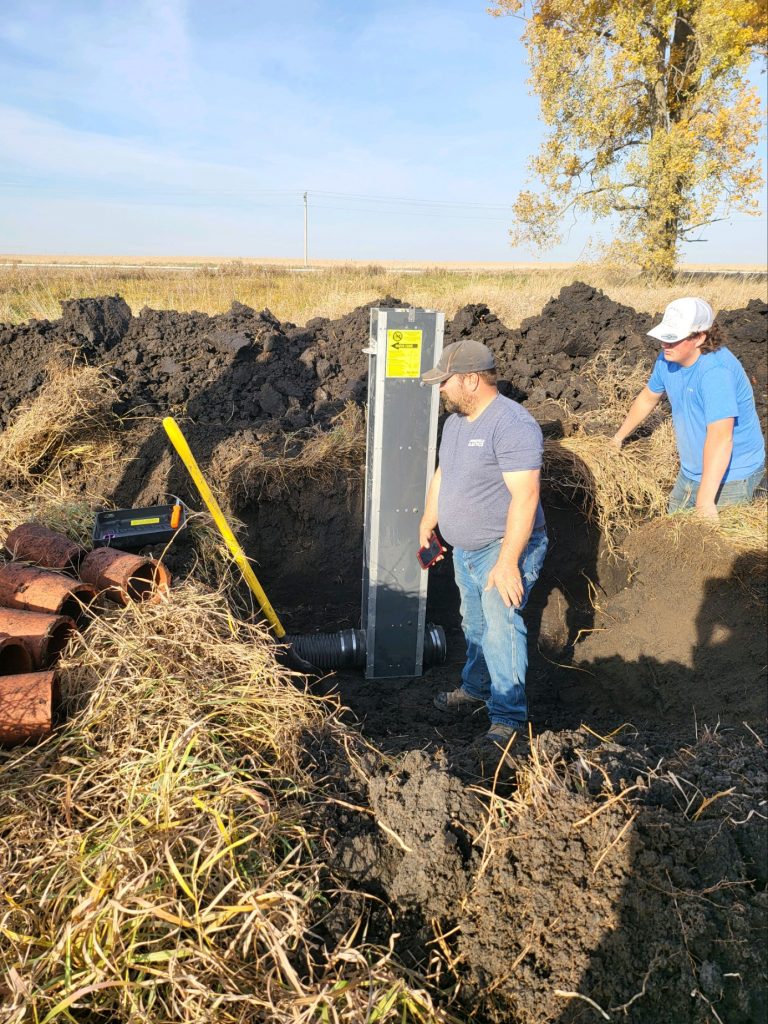
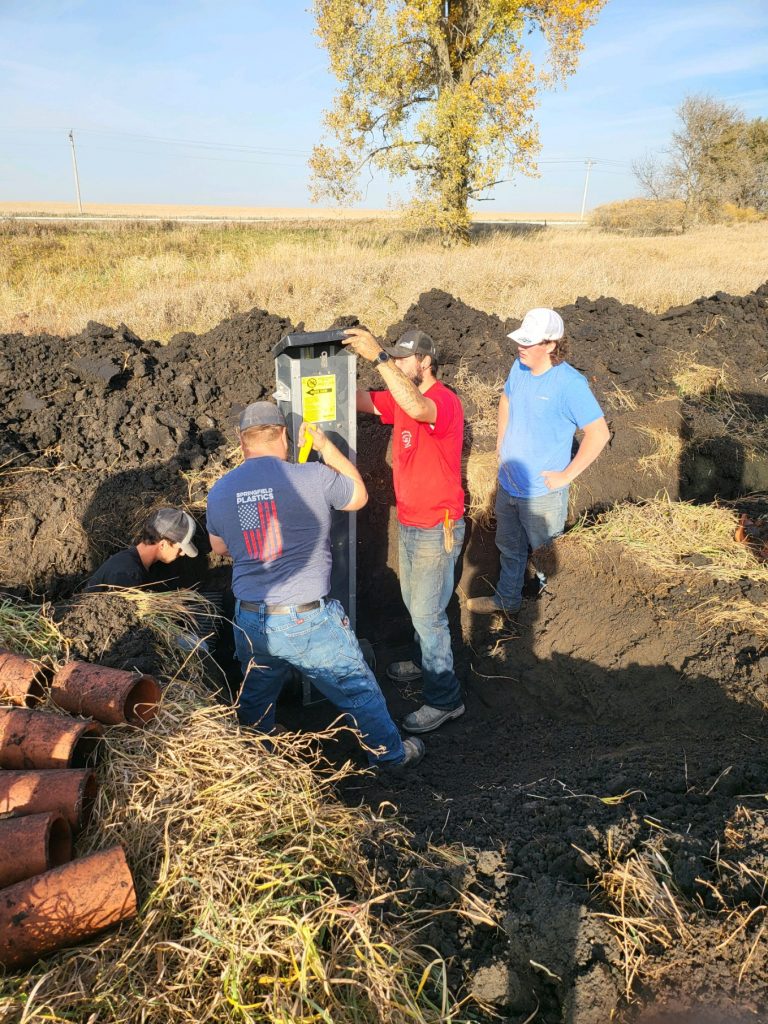
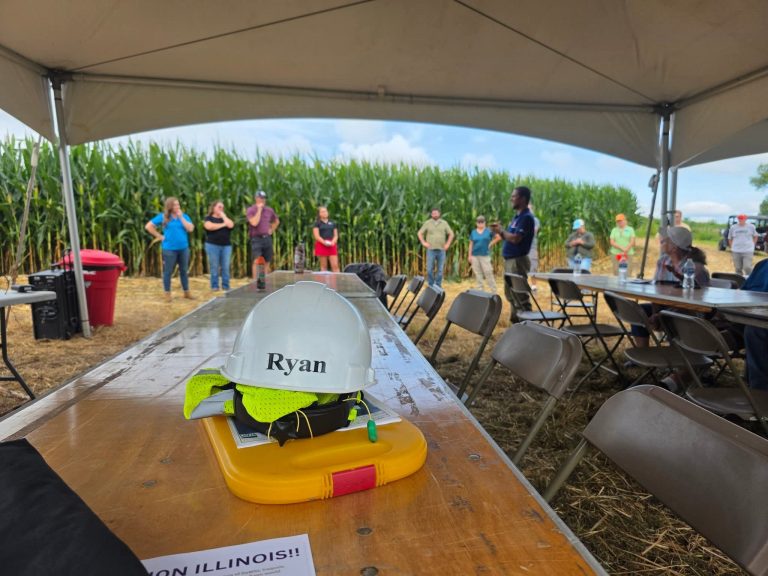
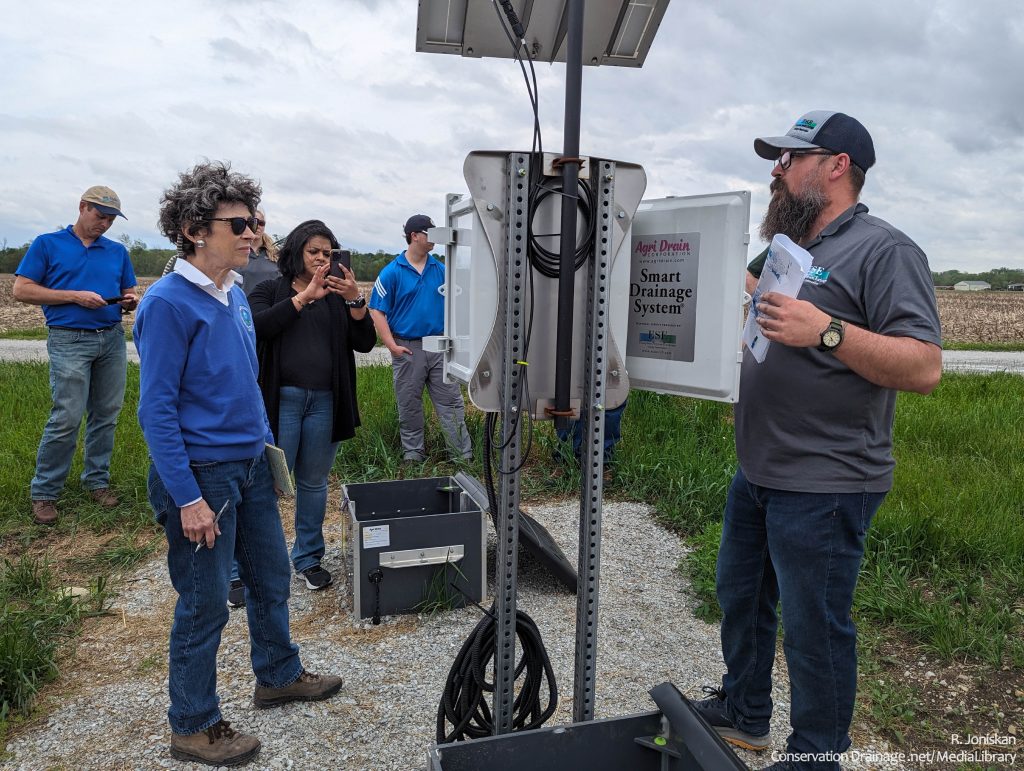
Current Projects Include
Delaware NRCS DE/ShoreRivers Cooperative Agreement to Accelerate and Expand the Scope of Surface and Subsurface Drainage Practices
A partnership between Delaware NRCS, ShoreRivers and ESE to advance the implementation of conservation drainage practices which reduce sediment, nitrogen and phosphorus losses from tile-drained land.
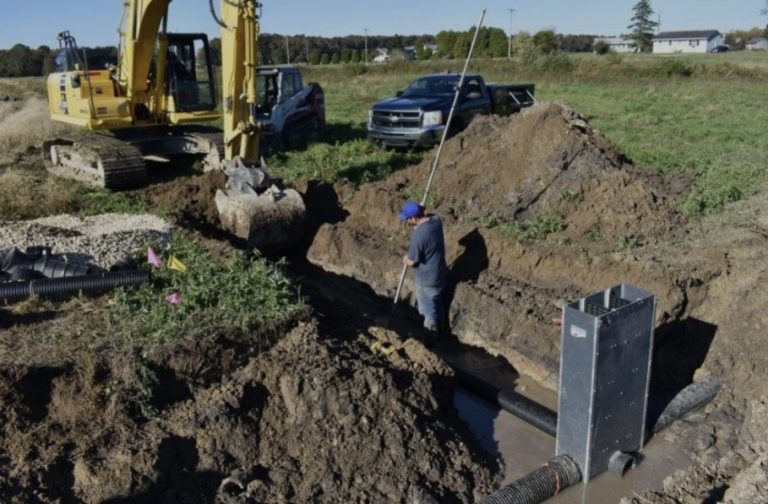
Advancing Implementation of Conservation Drainage in the Illinois River Basin
A pilot project to demonstrate the ability to scale-up the conservation planning for and adoption of conservation drainage practices in the Illinois River Basin to improve water quality, enhance wildlife habitat, and realize crop production benefits that help to support viable and sustainable agriculture.
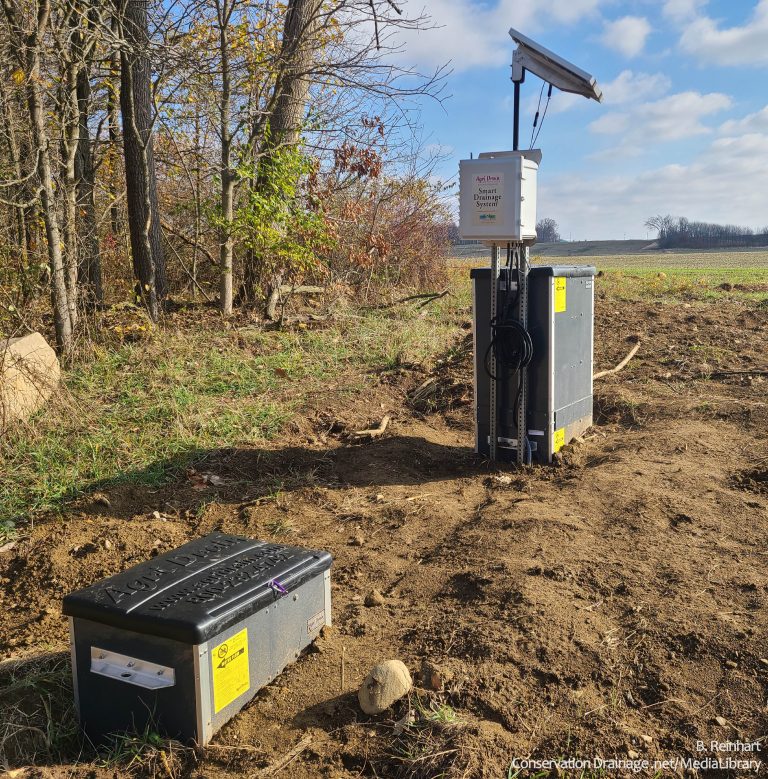
Improved Water Quality and Crop Yields Through Managed Tile Drainage Systems – Illinois
A Geographically-Focused Conservation Project between the National Association of Conservation Districts (NACD) and Ecosystem Services Exchange (ESE) with funding support from the National Fish and Wildlife Foundation (NFWF) and collaboration and cooperation with local soil and water conservation districts. Producers in the Illinois counties of Ford, Livingston, Iroquois, DeWitt, Macon, McLean and Piatt are eligible for a conservation drainage practice design completed at no cost to them. Eligible practices include drainage water management saturated buffers and denitrifying bioreators.
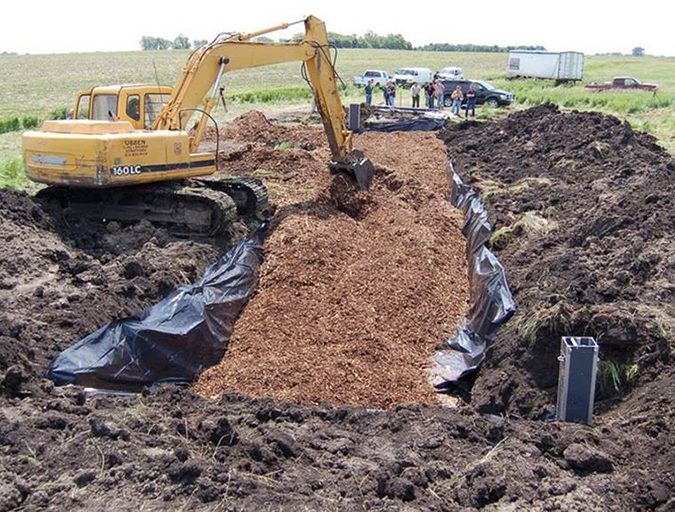
Iowa Systems Approach to Conservation Drainage (ISACD)
The Iowa Systems Approach to Conservation Drainage (ISACD) improves both farm profitability and sustainability on some of the most intensiely-drained farmland in Iowa.
The ISACD is funded through the Regional Conservation Partnership Program (RCPP). RCPP projects drive innovation in conservation efforts by bringing public and private entities and dollars together to target priority watersheds and landscapes
Producers in eligible counties can receive a conservation drainage practice designed and installed at no cost. Eligible practices include drainage water management, saturated buffers and bioreactors.
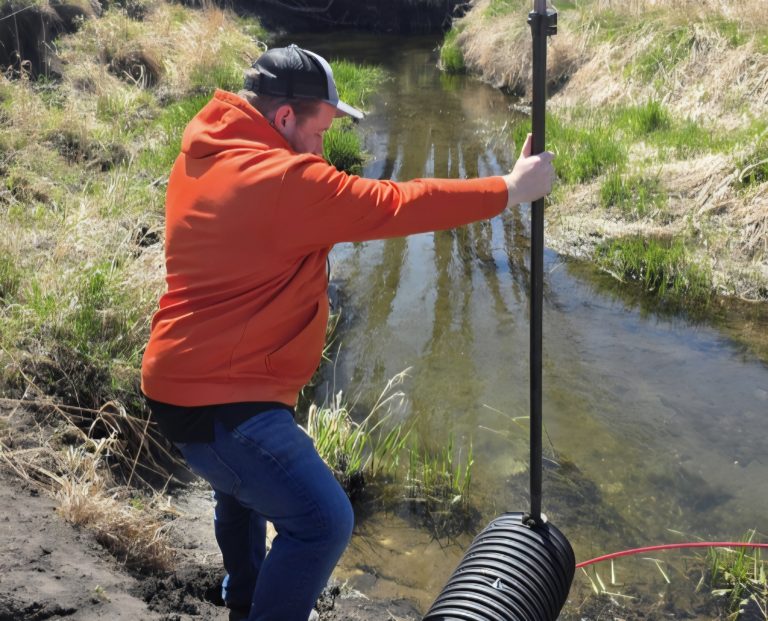
Iowa Soybean Association North Raccoon Farm to River Partnership Project – Sac County
ESE is proud to partner with the IA Soybean Association on their conservation-drainage batch and build project in Sac County, IA. Producers in eligible areas with suitable sites can receive a saturated buffer or bioreactor designed and installed at no cost to them. Farmers can also receive $1000 per treated outlet for participating.
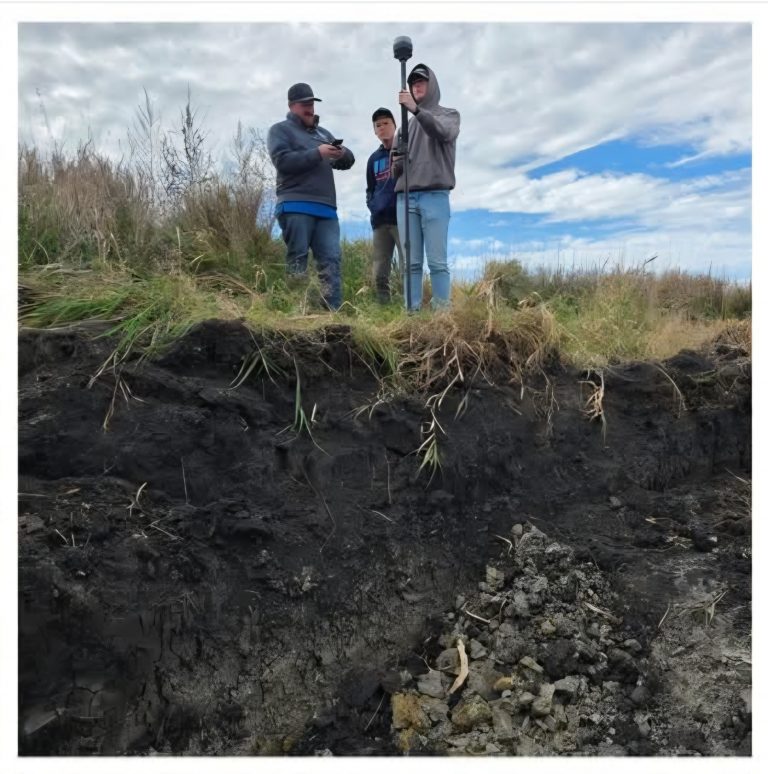
Accelerating Voluntary Conservation Drainage Adoption for Water Quality and Crop Production Benefits – Minnesota
Turn-key assistance is now available in 41 eligible southern Minnesota counties, including those south of the Mississippi River, west of the eastern Sterns County line to the South Dakota state line, but excluding the karst topography counties in southeastern Minnesota. Eligible practices include drainage water management, saturated buffers and bioreactors.
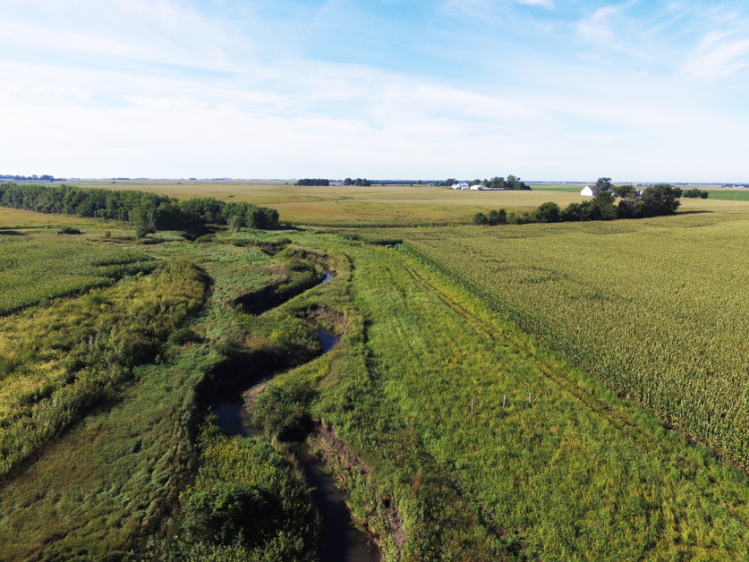
Ohio Department of Agriculture Phosphorus Removal Structures Program
This initiative aims to reduce phosphorous loss from cropland in order to ensure clean water in Ohio. The program also seeks to address long-standing water quality issues exacerbated by agricultural practices and aims to strategically implement phosphorus removal structures at sites with high phosphorous loss.
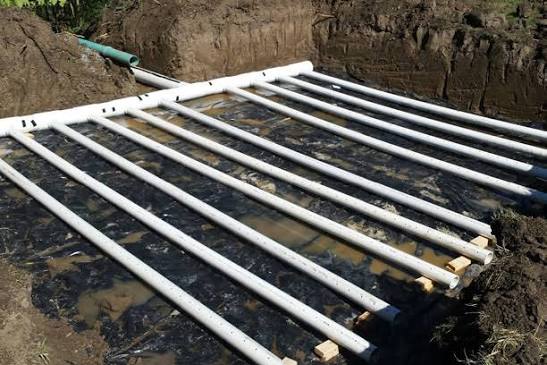

At ESE, we combine science, service, and sustainability to deliver better results for both agriculture and the environment
Top Links
Services
© Copyright 2025 Ecosystem Services | Developed by Yahyou, UAE
